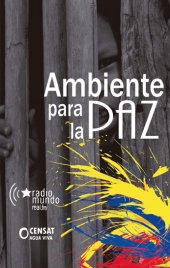
26 de julio de 2010 | Noticias | Soberanía Alimentaria
Mobile Apothecary
Interview with Uruguayan medicinal herbs collector, Hugo Rodriguez Pimienta
Descargar: MP3 (1.2 MB)
Native medicinal herbs like congorosa, carqueja, m’burucuya and boldo are organically grown herbs, which Hugo collects in the hills of Minas, in the northeast of Uruguay.
In an interview with Real World Radio he described his craft, as part of the 2nd Anniversary of the Regional Agroecology Network of Minas.
“The first five medicinal herbs certified are here in Minas, in the are of the Marmaraja creek”, he said.
High uric acid levels, high blood pressure, arteriosclerosis, skin aging and other ailments are healed with these small herbs, their seeds, flowers or leaves. But there is an element added by the human hand and its culture of centuries using these herbs and passing on the knowledge as a vow of trust to other generations.
Hugo Rodriguez spoke about the art of growing “herbs for mate” for four decades and how to achieve a sustainable collection of these herbs.
He defines himself as “calagualero”, which makes reference to a variety of fern from his territory, which used to be exported to Europe and MesoAmerica as an ornamental and medicinal plant in the 80s and 90s.
Its scientific name is polipodium calaguala and its being plant that grows on land, has served as inspiration to many Uruguayan poets.
Quoting poet Santos Inzaurralde, who wrote a song called “Calagualero”, Hugo claims that he collects calaguala in a sustainable way because “I harvest as I cut”.








